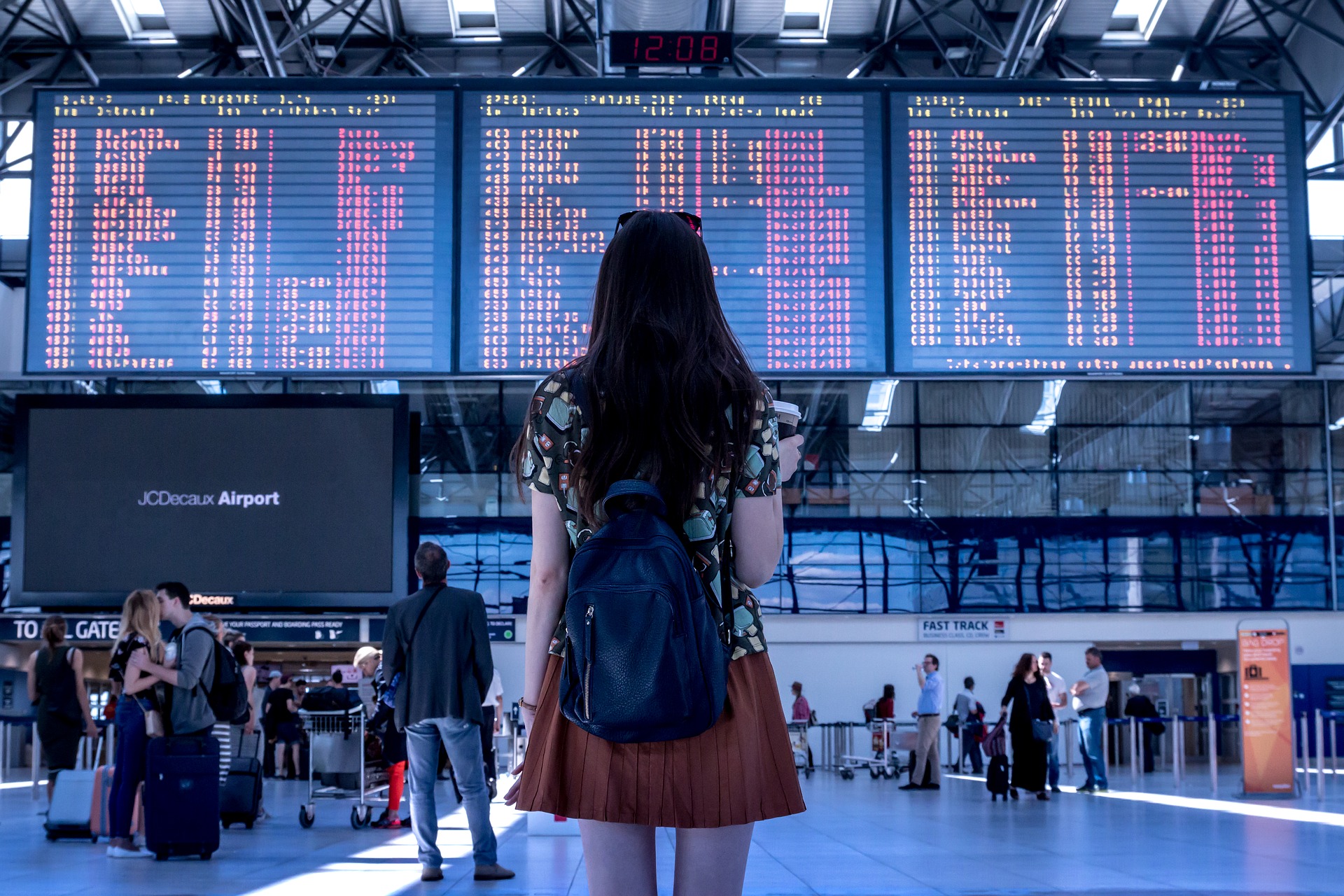5 Ways to Make Air Travel Less Difficult

There's no doubting that flying without snafus or problems with the airport or airlines has gotten increasingly challenging. Having to wait in line at a security checkpoint in some airports is enough to make some travelers grumpy. However, despite all of the drawbacks, flying is a must. There are various things that can be done to make flying easier and less stressful, and all it takes is some common sense and forethought.
1. Arrive early at the airport
It's a no-brainer to go to the airport early, especially since airlines advise travelers to arrive at least two hours before a flight's departure time. Many passengers, however, ignore this request and arrive at the airport only a few minutes before the flight is scheduled to depart. When there is a long wait at the check-in desk or at security, it can be extremely stressful. Not only is it possible that the flight will be missed, but it will also necessitate the booking of a new ticket, and the passengers will most likely be forced to travel standby on a later flight with no promise of a seat until the very last minute.
2. Fly early in the morning.
It is not necessary to take a flight at 4 a.m. if you want to leave early. Flights that depart early in the morning, on the other hand, are less likely to be delayed, and they are less likely to be impacted by weather difficulties throughout the country and/or other planes that may be delayed at other airports. In addition, if the first flight of the day is canceled or delayed for any reason, there will most likely be numerous alternative flights available during the day that can be used instead.
3. Avoid flying during "Rush Hour"
Rush hours exist on airports, just as they do on highways. Morning rush hour lasts from 8:30 a.m. to 10 a.m., while afternoon rush hour lasts from 4:30 p.m. to 6:30 p.m. These are the busiest hours for passengers waiting for flights at airports. Longer lineups at security checkpoints, more people in restrooms, more people waiting in restaurant lines, and more people taking up seats in waiting areas are all signs of increased crowding. Avoiding the need to stand in lines and sit with crowds by flying during non-rush hour times of day.
4. Take nonstop flights if possible.
Obviously, taking a non-stop trip reduces the chances of getting delayed. It is preferable to avoid having to do this twice because both taking off and landing take a long time. There will always be destinations where a non-stop flight is not available, but non-stop flights are equally as prevalent as stopover flights in many cities. It might even be worth a few additional bucks to schedule a nonstop flight to avoid the extra inconvenience and risk of getting delayed.
5. Enough Time to Book Connections
If a nonstop trip to a desired destination is not available, make sure to leave ample time between flights. When booking flights, airlines frequently request a 30- or 45-minute delay between connections. However, if the original flight is delayed, this is frequently insufficient time. To avoid this stress, attempt to book connecting flights with at least an hour between the first flight's arrival time and the connecting flight's departure time.
